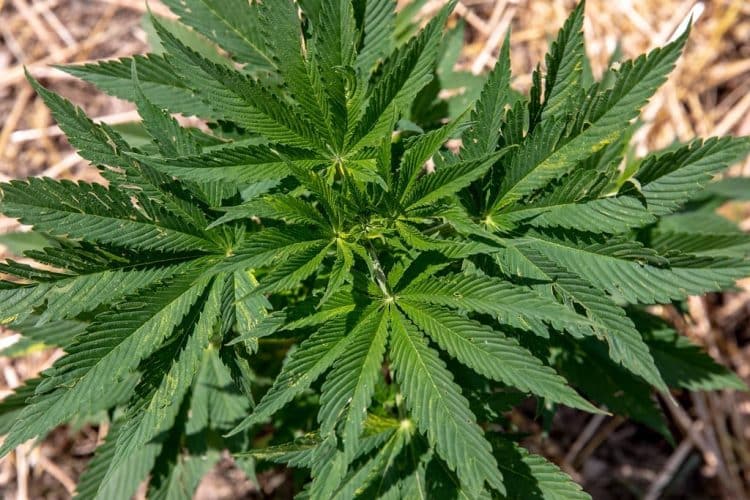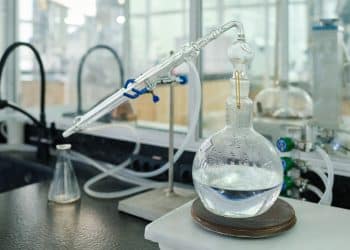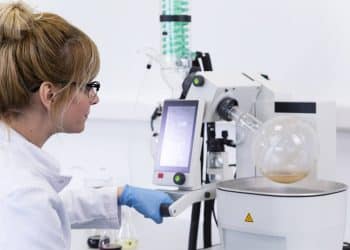Cannabis contains hundreds of bioactive components, including cannabinoids. While there are over 90 cannabinoids in cannabis [1], only a handful have been researched for therapeutic significance. This includes, among others, delta-9-tetrahydrocannabinol (THC) and cannabidiol (CBD) and their acidic forms tetrahydrocannabinolic acid (THCA) and cannabidiolic acid (CBDA), respectively. The acidic forms undergo non-enzymatic decarboxylation for conversion to their active forms. While THC can be intoxicating, CBD is non-intoxicating.
Separating and isolating the bioactive components of cannabis can be a daunting task. There are several considerations that must be made if the extract is to meet the desired threshold for quality.
Preparative liquid chromatography can be used to isolate cannabinoids from cannabis. However, this method has several limitations including ineffective flow rates due to the high relative viscosity of the mobile phase.
What is Supercritical Fluid Chromatography (SFC)?
Supercritical fluid chromatography (SFC) is a dynamic chromatographic technique used in the separation and isolation of complex mixtures such as cannabinoids from cannabis. SFC uses a gas beyond its critical pressure and temperature as the solvent phase to isolate cannabinoids. It closely resembles high performance liquid chromatography (HPLC) apart from the fact that it uses a supercritical gas as the mobile phase which, in turn, increases diffusivity and makes SFC 3-5 times faster than HPLC.
Carbon dioxide (CO2) is commonly used in the SFC technique as it has several advantages over preparative liquid chromatography. When pressurized CO2 is used in the separatory column, the pressure must be consistently monitored and regulated to ensure that the supercritical conditions are maintained.
Separators on the SFC systems collect specific fractions based on the retention times of individual analytes. For example, once the retention times of THC and CBD are known from analyzing standards and are detected in the chromatogram of the sample, the chromatographer can collect the desired cannabinoid(s) during their elution from the column. Once a specific target molecule is acquired, additional separators can be used to collect downstream fractions that contain other cannabinoids.
Benefits of Using CO2 in SFC
Carbon dioxide has several advantages when used as the primary solvent in the mobile phase in supercritical fluid chromatography. CO2 is considered a “green solvent,” which means that it has environmentally friendly properties. It also mixes easily (miscibility) with numerous organic co-solvents (e.g., ethanol). It is easily evaporated from the cannabinoids once the process of isolation is completed by depressurization. Should any CO2 be left behind, it is considered non-toxic.
CO2 is a non-polar solvent and can be combined with a co-solvent such as ethanol for higher polarity compounds. It is highly selective for different compounds found in complex mixtures such as cannabis. This makes SFC well suited for the isolation and purification of cannabis extracts.
Image Source: Governor Tom Wolf, CC By-2.0
Reference
- Andre, C. et al. “Cannabis sativa: The Plant of the Thousand and One Molecules.” Frontiers in Plant Science, vol. 7, 19. [journal impact factor = 4.106; times cited = 166 (Semantic Scholar)]












